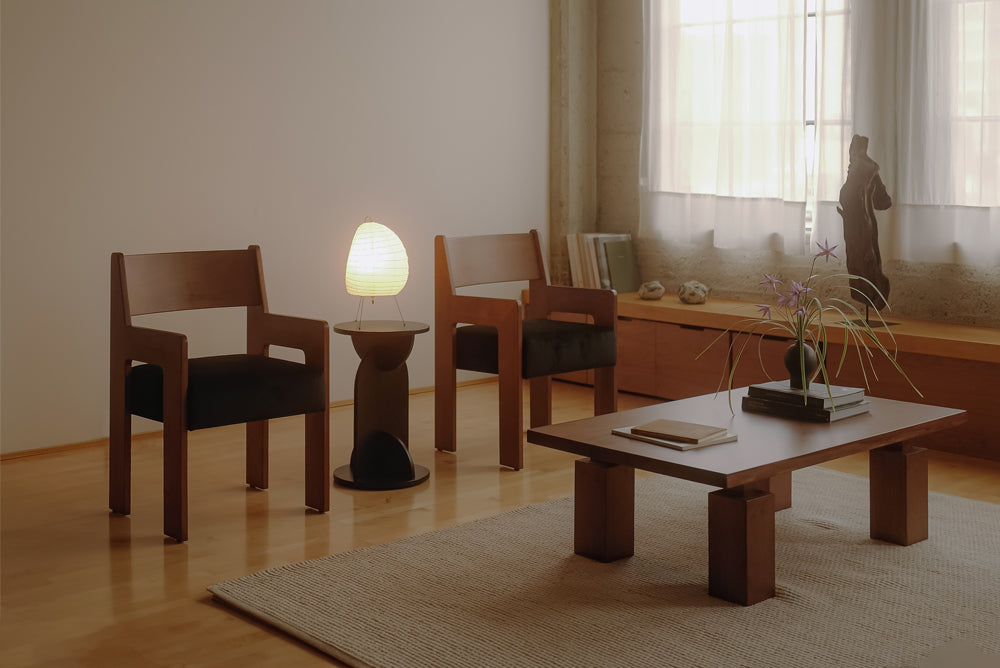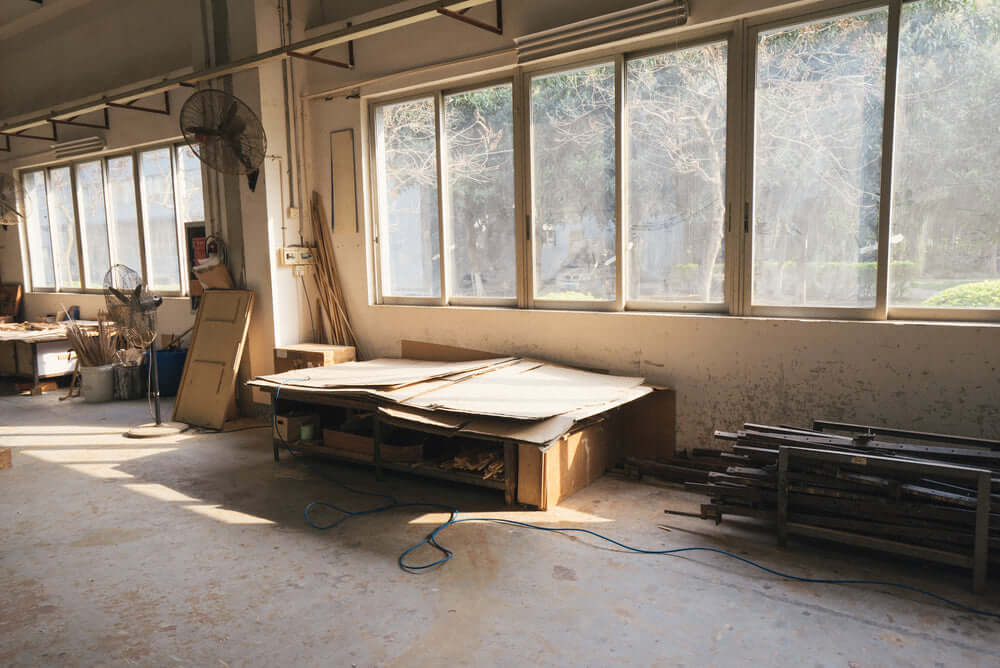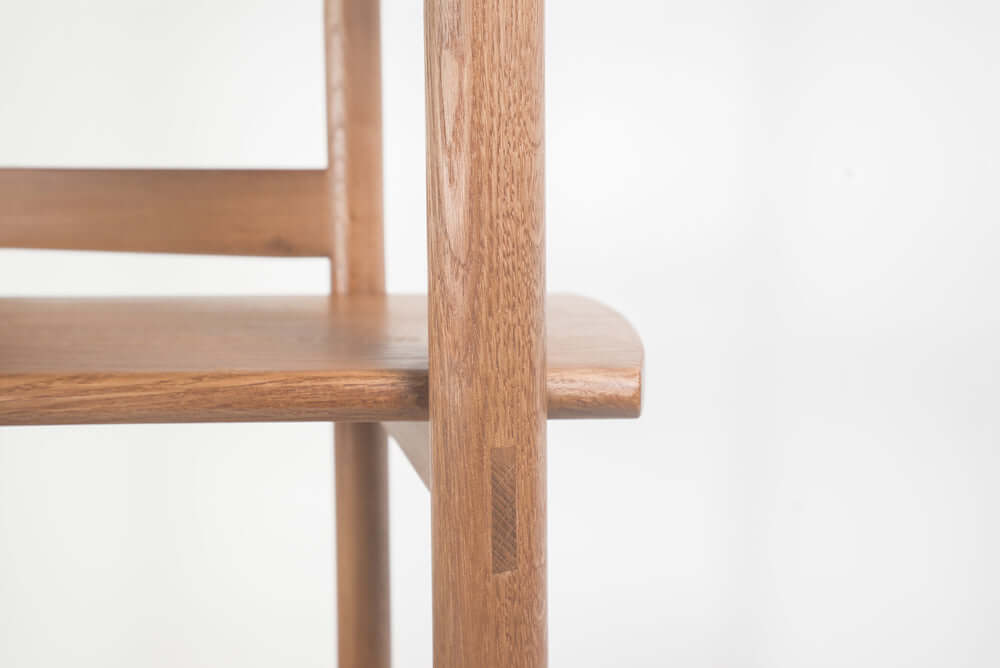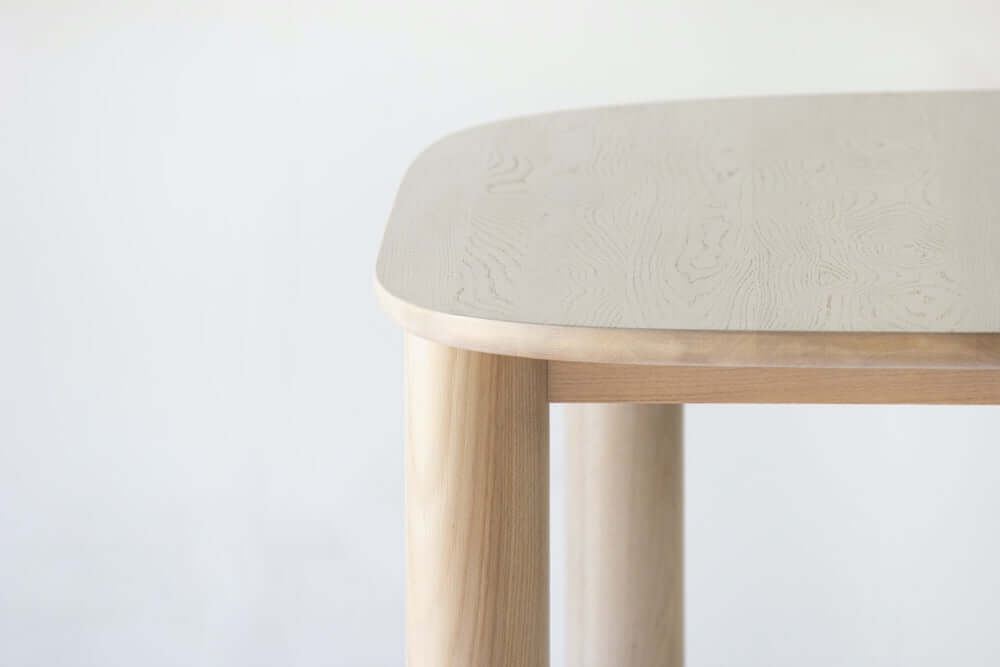Spaces shape our choices, actions, and mood in everyday life

Sun at Six is a furniture design studio focused on exploring the role that physical spaces play in our everyday choices and how we interact with others. A space - room, house, balcony, meadow, mountainside, clifftop - is an emotionally evocative entity, capable of arousing and shaping moods, actions, and feelings. From the moment you step foot within it, a space can influence your relationship with yourself and others. Furniture, and how it’s arranged, facilitates this: a deep sofa encourages you to sink back, relax in conversation, and unwind. A shallow, upright chair facilitates sharpness and focus. We seek to actualize furniture that, in conjunction with the space you design, evoke feelings that nourish the relationships that matter to you.
We are a family run studio and factory with a commitment to maintaining classical Ming and Qing era joinery, a system which uses intricate, interwoven joints to create solid hardwood furniture without the use of any nails or screws. By applying it to contemporary forms, we hope to preserve this fading traditional art form.
Sun at Six has been recognized by and featured in Architectural Digest, Elle Decor, Dwell, Surface Magazine, Sight Unseen, New York Magazine, GQ, Interior Design Magazine.
°
Letter from Antares
Hi everyone, I’m Antares, creative director of Sun at Six. We've been pretty quiet about who we are until now: I've always wanted the studio to be one whose work speaks for itself.
Though we started Sun at Six in 2017, I originally learned furniture from my mom, who learned traditional Ming and Qing joinery over 30 years ago. After learning the trade, she began with faithful Ming era work in line with what her teacher taught. Since then, she’s worked to bring attention to classical joinery techniques from the Ming dynasty era.
What began as a tiny workshop slowly expanded: new customers, forging her own hardware, purchasing our own kilns, expanding the space, koi ponds for aesthetics, adding radiant heating, experimenting with leather and fabric, re-engineering the joinery system for use across extreme climates, adding skylights for natural light, certificates of sustainability, inventing new tools for joinery work, adding a new wood drying annex.
We’ve now had our work featured in the Forbidden City, the historic ancient palace in Beijing, and authenticated traditional work for the Asian Art Museum in San Francisco. We’ve come a long way since those humble beginnings, but some things stay the same: all our work is done in-house, and many of the joinery masters we work with are still with us, decades later.


Today, we're striving to grow into our own skin as the next generation. Our team is building on this history, and we're excited to share that history and artistry with others. We hope that people here can celebrate the incredible history of craft that exists in China, fight the old Made in China stereotypes, and bridge the gap between peoples with art. The joinery techniques we use, for example, are the inspiration for the better-known Japanese joinery techniques celebrated throughout the West. We think it’s particularly important for us to shine a light on individual human stories and experiences across borders that remind us of our common humanity: all of us are just trying to find a path and make it in this world.
Anyway, thank you for stopping by, take a look, and we hope you enjoy.
°
Sunrise to Sunset
Sun at Six pieces are designed and made in house. Each piece, from raw timber onwards, starts and ends with us. We are FSC® Chain of Custody certified, ISO 14001 and 9001 certified for quality and environmental standards, and Social Responsibility SA8000 certified. Learn more about how we make furniture here.


°
Sun at Six
